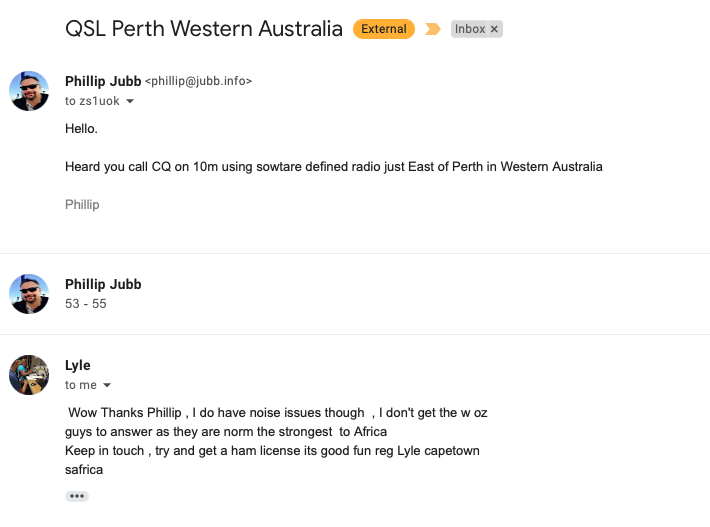These two functions attempt to trigger the network privacy policy dialogue on an IOS device.
/// Does a best effort attempt to trigger the local network privacy alert.
///
/// It works by sending a UDP datagram to the discard service (port 9) of every
/// IP address associated with a broadcast-capable interface. This should
/// trigger the local network privacy alert, assuming the alert hasn’t already
/// been displayed for this app.
///
/// This code takes a ‘best effort’. It handles errors by ignoring them. As
/// such, there’s guarantee that it’ll actually trigger the alert.
///
/// - note: iOS devices don’t actually run the discard service. I’m using it
/// here because I need a port to send the UDP datagram to and port 9 is
/// always going to be safe (either the discard service is running, in which
/// case it will discard the datagram, or it’s not, in which case the TCP/IP
/// stack will discard it).
///
/// There should be a proper API for this (r. 69157424).
///
/// For more background on this, see [Triggering the Local Network Privacy Alert](https://developer.apple.com/forums/thread/663768).
func triggerLocalNetworkPrivacyAlert() {
let sock4 = socket(AF_INET, SOCK_DGRAM, 0)
guard sock4 >= 0 else { return }
defer { close(sock4) }
let sock6 = socket(AF_INET6, SOCK_DGRAM, 0)
guard sock6 >= 0 else { return }
defer { close(sock6) }
let addresses = addressesOfDiscardServiceOnBroadcastCapableInterfaces()
var message = [UInt8]("!".utf8)
for address in addresses {
address.withUnsafeBytes { buf in
let sa = buf.baseAddress!.assumingMemoryBound(to: sockaddr.self)
let saLen = socklen_t(buf.count)
let sock = sa.pointee.sa_family == AF_INET ? sock4 : sock6
_ = sendto(sock, &message, message.count, MSG_DONTWAIT, sa, saLen)
}
}
}
/// Returns the addresses of the discard service (port 9) on every
/// broadcast-capable interface.
///
/// Each array entry is contains either a `sockaddr_in` or `sockaddr_in6`.
private func addressesOfDiscardServiceOnBroadcastCapableInterfaces() -> [Data] {
var addrList: UnsafeMutablePointer<ifaddrs>? = nil
let err = getifaddrs(&addrList)
guard err == 0, let start = addrList else { return [] }
defer { freeifaddrs(start) }
return sequence(first: start, next: { $0.pointee.ifa_next })
.compactMap { i -> Data? in
guard
(i.pointee.ifa_flags & UInt32(bitPattern: IFF_BROADCAST)) != 0,
let sa = i.pointee.ifa_addr
else { return nil }
var result = Data(UnsafeRawBufferPointer(start: sa, count: Int(sa.pointee.sa_len)))
switch CInt(sa.pointee.sa_family) {
case AF_INET:
result.withUnsafeMutableBytes { buf in
let sin = buf.baseAddress!.assumingMemoryBound(to: sockaddr_in.self)
sin.pointee.sin_port = UInt16(9).bigEndian
}
case AF_INET6:
result.withUnsafeMutableBytes { buf in
let sin6 = buf.baseAddress!.assumingMemoryBound(to: sockaddr_in6.self)
sin6.pointee.sin6_port = UInt16(9).bigEndian
}
default:
return nil
}
return result
}
}


